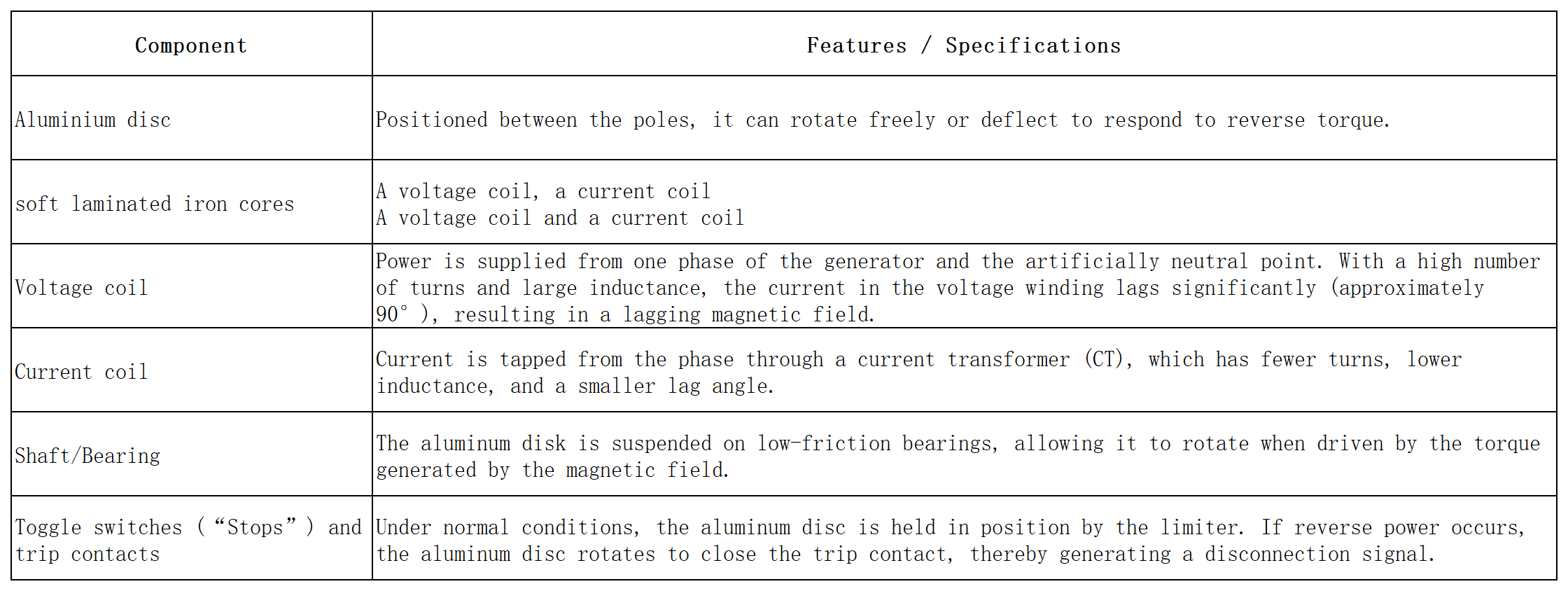A relay is an automatic switching device that uses a small current signal to control a high-current circuit. In industrial automation, home appliances, power systems, and communication equipment, relays serve as both a “bridge” and a “guardian.” They can amplify signals, isolate circuits, and achieve complex control functions through logical combinations.
Among the numerous relay categories, electromechanical relays (EMR) and solid-state relays (SSR) are the two most prevalent types. While their functional objectives are similar—both “control the switching of output circuits via control signals on the input side”—their operating principles and internal structures are fundamentally different. This leads to variations in lifespan, response speed, reliability, and suitable application scenarios. Understanding these differences helps engineers make optimal choices based on project requirements.
The history of electromagnetic relays dates back to the development of telegraph technology in the 19th century. Their operation is based on electromagnetic induction: when the coil at the control end is energized, it generates a magnetic field that attracts the armature, causing mechanical contacts to close or open and thereby controlling the load circuit.
Characteristics:
Contains physical moving parts (contacts and armature).
Control process resembles a “physical switch,” with intuitive and clear on/off states.
Subject to mechanical wear, arcing, and contact bounce issues.
Solid-state relays are a new type of relay that emerged in recent decades with the development of power semiconductor devices. They contain no mechanical contacts internally and are typically composed of components such as optocouplers, thyristors (SCRs), triacs, MOSFETs, or IGBTs. The control signal at the input end is optically isolated and then drives the power semiconductor devices to turn on or off, thereby controlling the load circuit.
Features:
- No mechanical components; switching is achieved through electronic elements.
- High switching speed (typically millisecond or even microsecond level).
- Quiet operation with no arcing or mechanical wear.
- Presents forward voltage drop and minor leakage current.
Summary: EMR emphasizes “physical reliability” and low cost, while SSR prioritizes “speed, lifespan, and stability.”
Performance variations in relays often directly determine their application value. Key distinctions include:
Electromagnetic relays, constrained by mechanical operation, typically switch within 5–20 milliseconds. Solid-state relays, fully controlled by electronic components, achieve response times under 1 millisecond, making them suitable for high-frequency control.
EMR lifespan depends on contact durability. While mechanical endurance can reach millions of cycles, electrical endurance often peaks at hundreds of thousands of cycles, with significant degradation under high current or frequent switching conditions. SSRs lack mechanical wear, theoretically offering near-infinite lifespan. They can operate stably long-term as long as electronic components remain intact.
EMRs produce a “clicking” sound during switching, and arcing between contacts may cause electromagnetic interference. SSRs operate completely silently without arcing, making them particularly suitable for noise-sensitive medical, laboratory, and communication equipment.
EMRs consume power when energizing the coil, but the voltage drop across the contacts is extremely low once conductive, resulting in negligible additional power consumption in the load section. SSR generates noticeable heat due to its conduction voltage drop when load current increases, necessitating additional heat dissipation design.
EMR exhibits virtually no leakage current when contacts are open, providing excellent isolation. SSR typically has a small leakage current in the off state, requiring special attention for applications demanding “zero leakage” (e.g., measuring instruments, medical equipment).
Relay selection depends on load type, control frequency, operating environment, and budget constraints.
Low-frequency control: Traditional loads such as lighting, heaters, and motors.
High current surges: EMR contacts better withstand inrush currents.
Budget constraints: EMRs offer low cost with easy maintenance and replacement.
High-frequency control: Rapid switching in automated production lines.
Noise-sensitive environments: Hospitals, laboratories, precision instruments.
Harsh conditions: SSRs provide greater reliability in high-vibration or high-humidity settings.
Engineers often combine EMRs and SSRs within systems. For instance, SSRs handle high-frequency rapid switching while EMRs provide final isolation or emergency circuit disconnection. This approach extends lifespan while reducing costs.
Lifespan is a critical metric in relay engineering applications. Experimental data illustrates:
A typical EMR achieves 100,000 electrical cycles at rated current, extending to 500,000 cycles under light load conditions.
Under identical conditions, an SSR can easily withstand tens of millions of switching operations, with its lifespan largely determined by the voltage withstand capability and thermal dissipation of its semiconductor components.
Furthermore, SSRs typically outperform EMRs in harsh environments. For instance, in high-humidity or high-vibration scenarios, EMR contacts may oxidize, exhibit bounce, or even seize, whereas SSRs remain unaffected by mechanical factors.
With the rise of smart manufacturing, the Internet of Things, and new energy, demand for relays is evolving in new directions:
High-Frequency Control: As automation equipment increasingly relies on high-speed control, SSR market share will continue to expand.
High Power & Thermal Optimization: Advances in semiconductor technology will gradually reduce conduction losses in new SSRs, decreasing reliance on heat dissipation.
Smart Relays: Future relays may integrate status monitoring, self-protection, and remote communication capabilities, evolving toward “smart modules.”
Hybrid Relays: Combining EMR's high current-carrying capacity with SSR's high-speed switching performance, hybrid relays are being developed by an increasing number of manufacturers.

Electromagnetic relays and solid-state relays do not simply replace one another but exist as complementary technologies. The former maintains dominance in traditional industrial control due to its low cost, robust isolation capability, and high current-carrying capacity. The latter, however, is rapidly gaining popularity in automation and intelligent applications thanks to its high speed, extended lifespan, and silent operation. Looking ahead, advancements in new semiconductor materials (such as SiC and GaN) will further enhance solid-state relay performance. However, considering cost and application differences, electromagnetic relays will persist as a long-term solution.